Backward power plants are renewable energy plants that use the energy generated by waste products to produce electricity. This is a more environmentally-friendly way of generating electricity, as it avoids building new facilities or extracting resources from the ground.
Backward power plants work by using anaerobic digestion to break down waste products into usable components like methane and carbon dioxide. These gases use to create electricity through a combustion process. The advantage of using backward power plants is that they can accommodate various waste types and environmental conditions.
You can also use them in areas with limited land availability or scarce water resources. We will tell you everything you need to know about a backward power plant. We will help you understand the benefits of having one and the challenges too. If you are fascinated by the mystery of how a backward power plant works, read further.
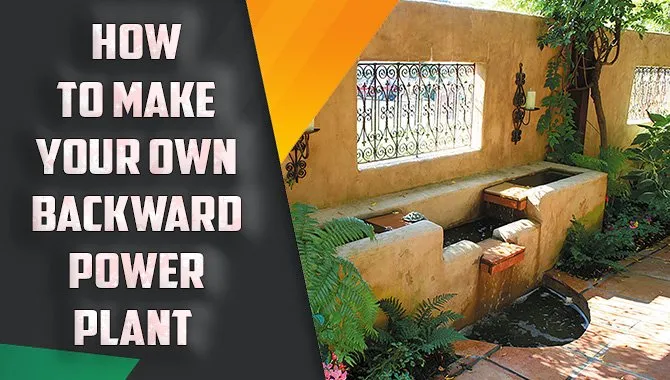
Contents
- 1 8 Tips For Make Your Backward Power Plant
- 1.1 1.Choose An Appropriate Location For Your Power Plant
- 1.2 2.Choose The Right Kind Of Fuel.
- 1.3 3.Install The Necessary Equipment
- 1.4 4.Monitor And Maintain Your Power Plant
- 1.5 5.Preparing The Area
- 1.6 6.Installing The Power Sources
- 1.7 7.Configuring The Plant
- 1.8 8.Testing And Adjusting The Plant
- 1.9 Benefits Of A Backward Power Plant
- 1.10 What Are The Challenges In Making A Backward Power Plant?
What Is A Backward Power Plant?
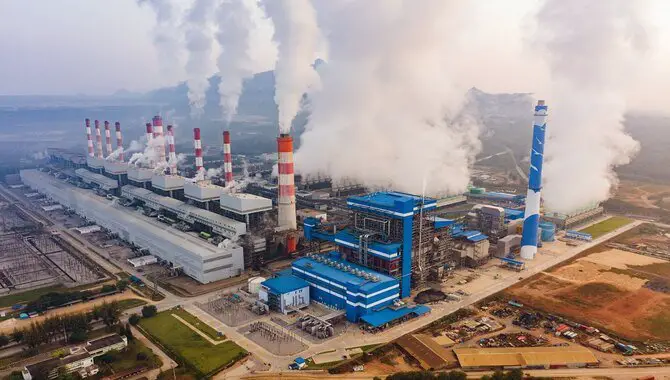
A backward power plant is a type of power plant that uses the energy generated by a process or machine in the past to produce electricity. You can use a backward power plant to produce renewable energy, energy from sources considered environmentally beneficial, such as solar, wind, and water. A backward power plant can also help reduce carbon dioxide (CO2) emissions.
A backward power plant can help reduce energy costs and environmental pollution. Backward power plants can provide a cost-effective way to generate electricity. A backward power plant is a great option for businesses and governments looking to reduce their carbon footprint and save money on energy costs.
8 Tips For Make Your Backward Power Plant
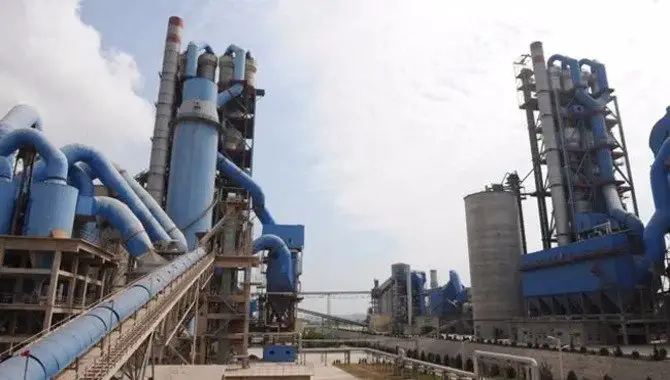
Making your backyard power plant is a great way to create energy sources and reduce dependence on traditional sources. Backward power plants are a great way to generate electricity without going through traditional electricity providers.
Backward power plants take waste energy and turn it into usable power. This is used by converting the energy into heat, producing electricity or other forms of heat. If you’re interested in making your own backward power plant, then you’re in the right place! Here are eight tips that will help you get started:
1.Choose An Appropriate Location For Your Power Plant
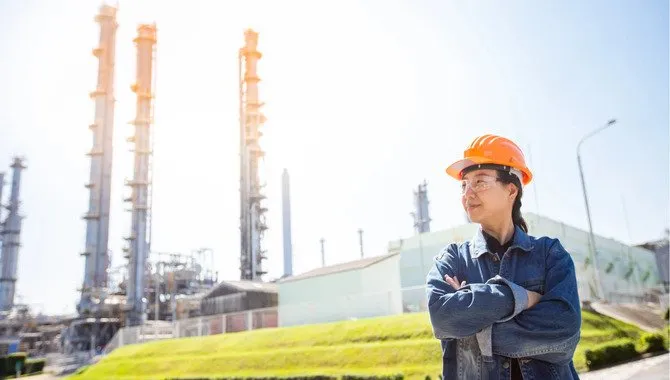
Before you make your backward power plant, it is important to choose an appropriate location. You must ensure that your plant is situated in a sunny location to produce the most energy. Consider choosing an area with plenty of sunlight and facing south to maximize solar energy output. Additionally, it’s important to choose a location with adequate ventilation to avoid harmful fumes. Finally, select a sturdy and durable construction for your power plant.
2.Choose The Right Kind Of Fuel.
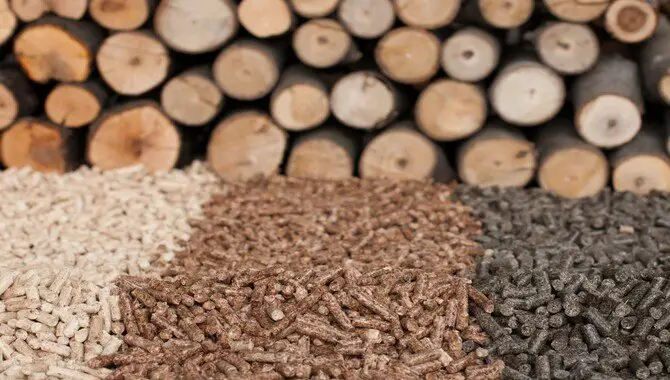
There are several ways to make your backward power plant. Some people use an old refrigerator as their energy source. Others use a modified watermelon seed as their energy source. The seed must modify to store a charge for several hours.
It is also important to choose the right fuel for the plant. You must pick one that is fast burning and doesn’t contain chemicals that can damage the plant over time. Before you start building your backward power plant, carefully consider each method’s pros and cons and choose the one that best suits your needs and goals.
3.Install The Necessary Equipment
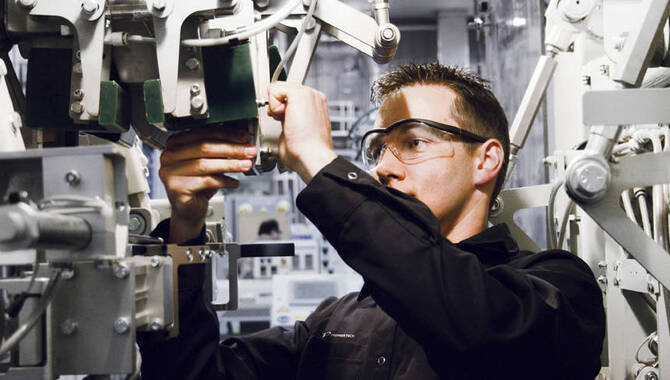
A backward power plant is a small, self-sufficient energy generator that uses energy from the sun and wind. A backward power plant in your backyard can help save energy and cost in your home. To set one up, you will need solar panels and wind turbines.
You can also purchase batteries and other equipment necessary to operate the power plant. Before setting up your plant, you’ll need to decide on the power plant’s location and the type of grid you use. It’s also important to ensure all the required equipment is installed and working properly before turning on the power.
4.Monitor And Maintain Your Power Plant
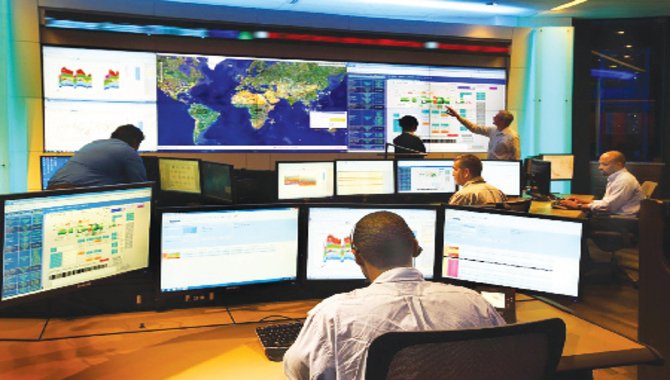
A backward power plant is a power plant that generates energy by using an artificial method, such as using energy from waste. By generating energy from waste, backward power plants help to reduce energy costs. They are also known for their ability to operate efficiently and continuously without needing external support or maintenance.
This makes them an efficient source of renewable energy. Backward power plants also require minimal external support or maintenance to continue functioning effectively. Monitoring the plant is essential to ensure that it continues to generate energy efficiency over time.
To ensure the optimal performance of a backward power plant, it is important to monitor the performance and maintenance of the system regularly. This can be done through regular checkups and monitoring of the system and its components. To maintain a backward power plant at peak performance, it must be regularly maintained and monitored by trained personnel who understand the necessary technical procedures for maintaining and troubleshooting the system.
5.Preparing The Area
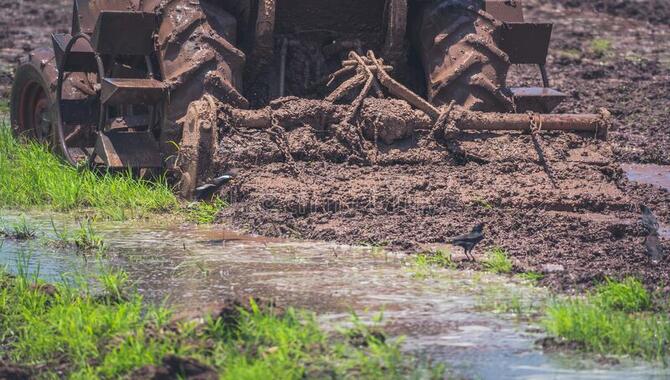
Before you make your backward power plant, you must prepare the area. Clear away any obstructions, such as trees or power lines that could interfere with the plant’s operation. Create a trench in the ground that is large enough for the plant and deep enough to accommodate the cable.
You can also dig a hole in the center of the trench and place the cable inside. Install the plants and connect them to the cable. Once everything is in place, please turn on your power plant and watch it work! It’s a great way to reduce your energy consumption and help fight climate change.
6.Installing The Power Sources
You’ll need to install the power sources if you’re looking to build a backward power plant. Before building your backward power plant, you must install the power sources. The best way to choose the right power sources and correctly install them is through thorough research and consideration of your needs and preferences.
Once you have installed the power sources, you can start building your backward power plant. Make sure to read the installation instructions carefully to avoid any complications. Your backward power plant will be ready to use in no time!
7.Configuring The Plant
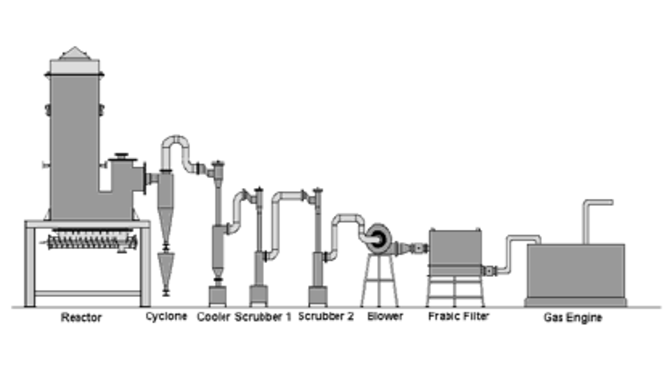
To maximize the efficiency of your plant, you must configure it properly. This involves choosing the right generator, fuel, engine, battery, and controller type. It also involves installing and connecting the wiring. A professional can do this, so it’s important to have them do the work for you. These steps ensure that your power plant runs optimally and produces the desired energy.
8.Testing And Adjusting The Plant
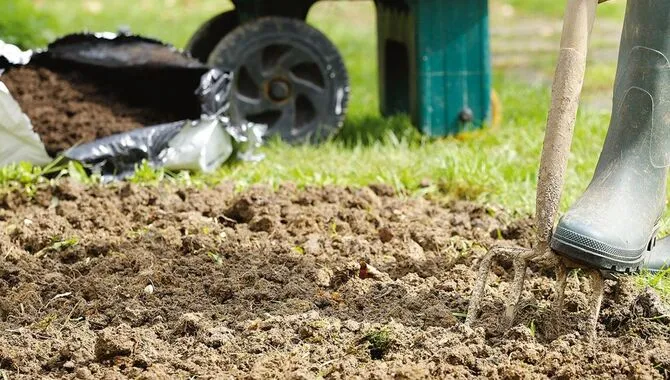
To make your backward power plant, you’ll need to test and adjust it until it works properly. To test the plant, you’ll need to determine how much power you need and how much energy the plant can generate. You can do this by testing different plant configurations and measuring the results.
Once you’ve determined the optimal configuration, you can start generating power. To adjust the plant, you’ll need to change the variables that affect its performance. This includes changing things like the size and shape of the turbines and adjusting their speed and direction.
You’ll also need to ensure that all of the other components of the system are working properly so that everything combines to create maximum output. If everything looks good on paper but doesn’t work as planned, it’s time for trial and error until you get it right.
Benefits Of A Backward Power Plant
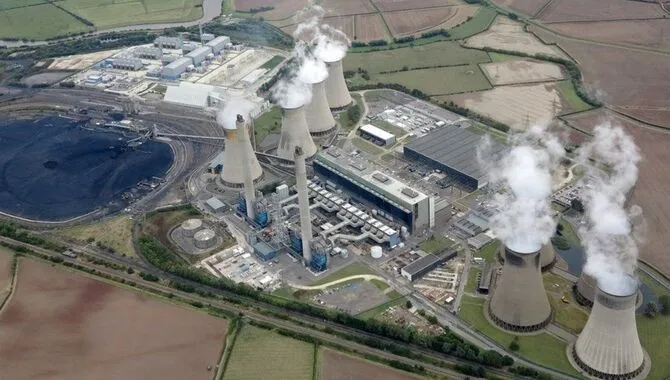
There are many benefits to building a backward power plant, the most important of which is that it can help reduce your carbon footprint. Backward power plants emit clean energy instead of polluting the air with CO2. Backward power plants also have other benefits that make them an ideal solution for sustainable development.
They can reduce the cost of electricity by using less reliable and expensive energy sources, such as wind and solar. They also have a smaller environmental impact than centralized power plants, which use large amounts of water to generate electricity.
Finally, a backward power plant you can use to generate revenue by selling excess electricity to the grid. This is an especially valuable feature in regions with high electricity demand but limited access to affordable and reliable sources.
What Are The Challenges In Making A Backward Power Plant?
The technology required for a backward power plant is still in its early stages. Hence, the costs involved in making a backward power plant are high. The engineering challenges involved in making a backward power plant are significant. It becomes difficult to balance the demands of energy and cost-efficiently.
In addition, you must collect more reliable data on how to make a backward power plant work effectively. Making a backward power plant is not without risk. Therefore, it is imperative that the risks associated with the same be duly understood and assessed before proceeding further with the process.
Conclusion
Backward power plants are a new type of power plant that uses the energy generated by water movement. They work by using a large reservoir or river to spin a generator and produce electricity. Backward power plants have the potential to be very efficient, as they can capture energy from both the generation and consumption stages.
Studies show that they could be up to three times more efficient than traditional power plants. The biggest downside is that backward power plants are still relatively new and have yet to test extensively. So they may not be completely reliable or environmentally friendly.
But if they prove to be successful, this type of power plant could play an important role in helping us meet our global energy needs in the future. You must be aware of the challenges involved in the process and prepare accordingly to ensure success. Although it takes a lot of hard work, effort, and skill to make a power plant functional, it can be an enriching experience if you are up for the challenge.
Frequently Asked Questions
1. What Is A Backward Power Plant, And How Can It Be Made?
Ans: A backward power plant is a type of renewable energy plant that uses the energy from an existing power plant (usually a fossil-fueled one) to produce electricity. This uses the heat the power plant’s turbines produce to generate steam, which in turn powers a turbine to produce more electricity.
2. How Much Energy Would This Type Of Power Plant Produce?
Ans: Backward power plants are a new type of power plant that uses the energy generated by water movement. They work by using a large reservoir or river to spin a generator and produce electricity. Backward power plants have the potential to be very efficient, as they can capture energy from both the generation and consumption stages. Studies show that they could be up to three times more efficient than traditional power plants.
3. Is There Any Negative Environmental Effect Of Using A Backward Power Plant?
Ans: A backward power plant may have some small negative environmental effects, but the damage is likely negligible. A backward power plant could help reduce carbon emissions in the long run.
4. Are There Any Drawbacks To Using A Backward Power Plant?
Ans: There are no known drawbacks to using a backward power plant. This amazing invention can help reduce CO2 emissions and help save energy. A backward power plant you can use to generate electricity, heat, or water.
5. Can I Recycle My Old Car Batteries To Make My Backward Power Plants?
Ans: Recycling old car batteries to make your backward power plants is not recommended. The lead and acid in car batteries can be hazardous if mishandled, and there are various other ways to generate electricity using recycled materials.
Leave a Reply